Today’s post is brought to you by AR, a new friend that I just met through the power of Substack. He reached out to ask if he could talk about some Sega Saturn games. I said, I love the Sega Saturn, where have you been all my life, of course you can talk about Saturn on here. Thus, the Saturn Saga, a hopefully semi-frequent series discussing little-played (but much-beloved) cult classic Saturn titles.
Thanks much to AR for getting in touch and submitting this incredibly in-depth piece! Check out his Substack here for info on music, engineering, and life and how to live it.
Sonoran Videogame Society is a Substack dedicated to playing and exploring video games with friends like you. Some posts are free, some are for paid subscribers only. Don’t forget to sign up here. Thanks for reading!
Oh, the mid-’90s in America. So much potential, so much tailwind from the ‘80s. And what does one do with all that momentum? Self-destruct and blow it all up, of course! Just like the Sega Saturn - the superior console of the time for the simple facts that X-Men: COTA was released to it first and the tag-team combat of X-Men vs. Street Fighter was only on Saturn at the time.
Oh, and the Saturn had Dragon Force!
But, alas, what was a critical success and adored by many fans like yours truly was anchored with the Saturn to the bottom of the sea.
Dragon Force was an amalgamation of war strategy and JRPG - a glorious mix of resource-management à la Warcraft II and the story-driven, turn-based Final Fantasy, all on a Risk map. But with a fantasy medieval setting. And everyone has magic. And there are dragons. And samurais. And….robot UFOs? To be honest, I’m surprised the storyline isn’t sold as a hand-bound parchment series at a booth at the Renaissance Faire by dorkgoths drinking overpriced mead out of overpriced horns. And, yes, I’d stroll right in there and collect every one.
This is one of the few games I ever replay because I still have not played a game even remotely like it. And so it stands alone, lost to the history of time, as the one-and-only StratPG RPStratG WaRPG (maybe, I’ll keep playing with acronyms).
I won’t convince anyone to like this game, it fills a überniche category and is heavy on the strategy. There are periods where you tinker with the map to optimize strategy, moving Generals around, switching troop classes, upgrading castles. Think of World History class and all those old newsreel maps showing unit movements1.
You control the map movements of the Generals, but in-battle, you can only control the General’s special powers and Troop strategy in realtime instead of moving the General or Troops around the battle like other RPGs. The game engine takes over the Troop hive and directs it based on your orders, and you trigger a General’s special powers when it makes the most sense to do so. These battles are ultrafun, watching the probabilities and advantage effects play out while Troops kill each other.
It is not a fast game to play due to the fixed time intervals between administrative rounds (in-game as ‘Weeks’), and the fixed time points of the story arc that rely on those Weeks. One Week could last just a few minutes while another can be 20-30 minutes fighting battle after battle. These periods of down-time punctuated by violence and battles from kingdoms attacking you from all sides is what I find strikingly beautiful about the game. I just beat it over this last week and I’d clock it at close to 40 hours (while you can cheat-code your way to maybe beat it faster, it’s a mixed bag whether it actually speeds it up).
So, let’s dive in!
The brief background of the story is that the dark god Madruk periodically destroys what the presumably benevolent goddess Astea creates - civilization, monarchies, eras of prosperity, etc.
However, 300 years ago, Astea and the dragon-god Harsgalt set out to stop him by creating the Dragon Force - eight warriors hand-selected to defeat him. Unfortunately, petty squabbling was the downfall of this era of Dragon Force and Harsgalt only succeeded in sealing away Madruk for 300 years (uh oh, that’s now-times!).
The seal holding Madruk is now weakening and two of his Dark Apostles are actively sowing chaos throughout the world of Legendra.
Epic, right?
We’re gonna need some heroes! And where, oh where, will those heroes come from…
Monarchies!
Wow, monarchies are back in a big way. Very Substack. The continent of Legendra is ruled by eight of them (hey, wait, eight? Like in the number of failed Dragon Force heroes? What a coincidence….). Their fiefdoms love their overlords and everything was relatively peaceful between the nations until the Dark Apostles started spreading rumors about election-tampering in the West Wing.
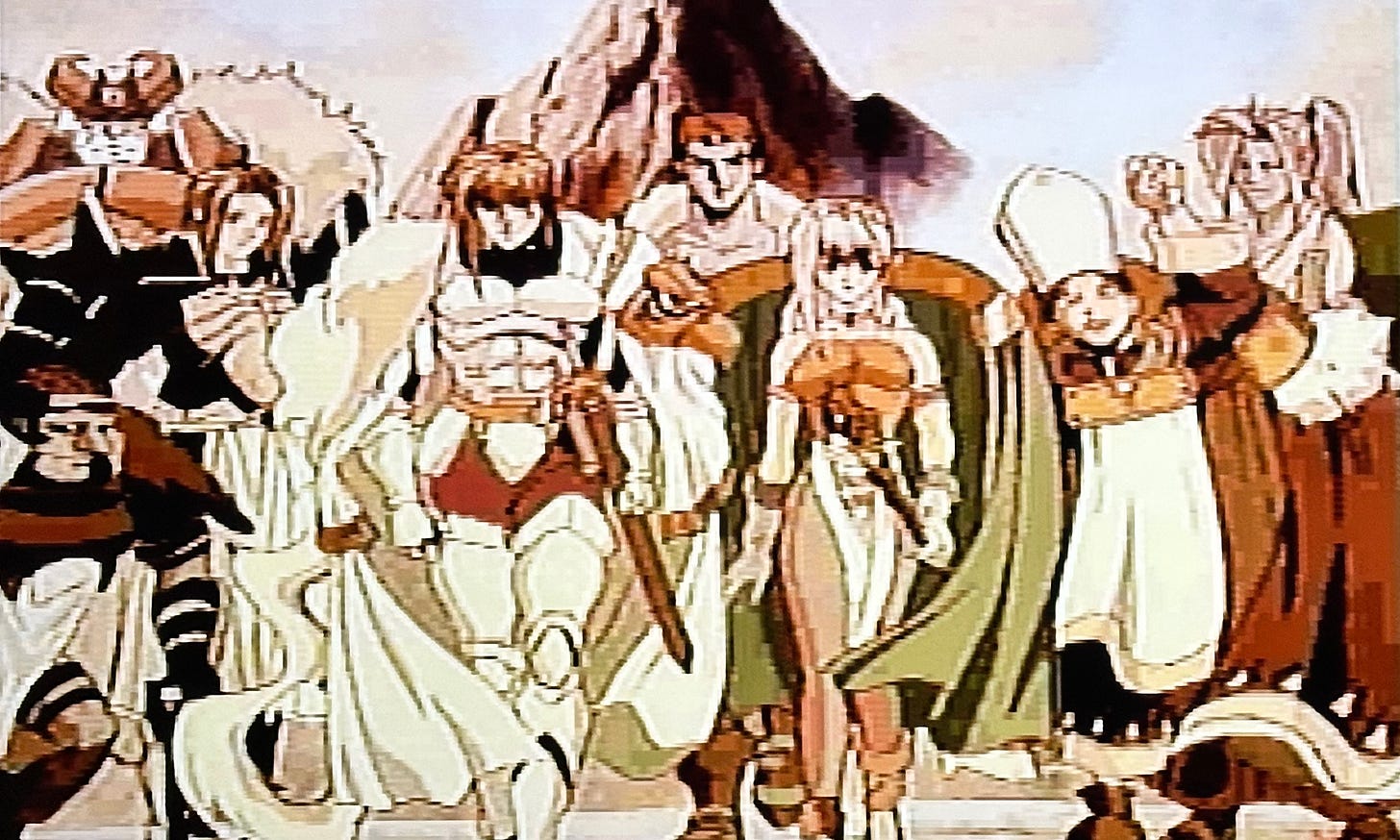
Each of the eight monarchs can be played (except two until you beat the game), with vastly different storylines and progress throughout the game. Instead of having one excellent story for some main king and sub-par stories for the remaining, each storyline is intricate and interwoven with the other monarchs. Each have their backgrounds with the others and fights and rumors of dark magic and even trysts.
Every monarch starts out with their own set of castles that have unique defensive or offensive advantages depending on their location in Legendra. Some monarchs start strong while others are weak, but all have a loyal set of core Generals that you can set loose on the world or mind the castle, whichever you prefer. As they travel around the map on the predefined roads, they display a little avatar of their monarch.
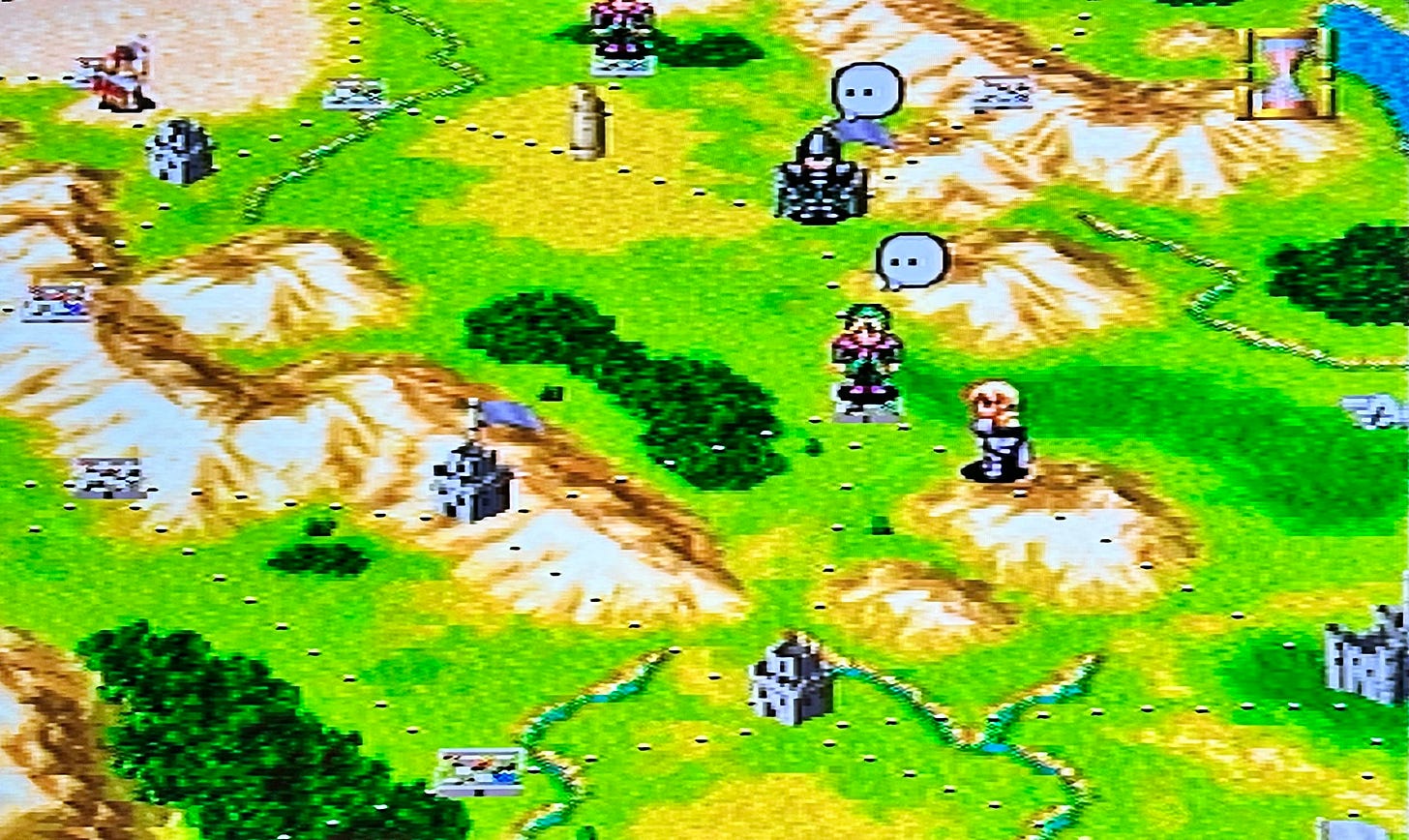
You’ll send your Generals out to conquer and pillage the surrounding castles and mercenaries to try and win them over to your side. Battle another monarch and usually a story arc will be triggered to presumably win their nation’s hearts and minds to serve you. With violence. With lots and lots of violence.
And that brings me to….
Generals!
As strong and powerful as your monarch might be, they’re nothing without their Generals. Every monarch starts out with five core, ride-or-die Generals, and you acquire more along the way, albeit less loyal sometimes. Part of the game is to keep your non-core Generals happy or else they can abandon you or ask not to fight.
Sending your Generals out for war makes them happy, and winning gets them up for promotion for new troops and XP. You can choose to award them new troops, or award someone else those troops (Like yourself! You’re a monarch! You do what you want!).
Generals have special powers that can be used during battle. They tend to fall into general classes based on the type of General: knights use Sonic Boom - a shockwave that kills Troops and damages the enemy General, summoners use protection or resurrection spells, ninjas throw a shuriken that stifles power, stuff like that.
As mentioned, Generals control troops. They ship these poor souls off to inevitably die in battle, but hey - the Generals are there, too! Right on the frontline, baby. And when they need more fodder, these Generals ‘recruit’ Troops from castles controlled by your Monarch (or press into service, it’s not clear).
Troops!
Each General can have up to 100x of any type of troop. Most Generals start off with just one specialty - knights have soldiers and cavalry, magicians have mages, fighters have monks, beasts have…beasts?, etc. However, you can award them new classes of troops as you search castles for items: archers, samurai, dragons, zombies, etc. They can then fill those troop numbers up as well, switching between the classes as needed for a particular upcoming challenge. While troop count is as critical as it seems, the class of troop is even more critical. Pitting harpies against mages is a recipe for disaster, and forget about fighting dragons with anything but samurai.
Gameplay!
Dragon Force rotates through two modes: timed intervals (Weeks) of controlling the map - moving Generals around to explore and do battle like a classic JRPG, recruiting Troops, strategically positioning - i.e. The Fun Stuff, and then another mode of administrative proceedings (Domestic Affairs) in which you tackle more mundane elements like awarding your generals, fortifying castles, searching for items, and trying to convince your captives to join you. Crucially, the latter mode is where major plot advancements in certain Weeks are triggered.
Weeks are counted down by a little hourglass in the upper-right corner. It’s one of those elements you catch yourself either dreading or wishing would hurry up, just as obsessively as watching all the General movements across the map. Weeks fold up into months and years (it’s a long war campaign!).
Time is everything in this game. Especially in the beginning with your lackluster forces, timing attacks well and biding time for Troops to regenerate in castles are critical strategies. Getting those last few Troops trained and assigned to a General in the precious few seconds while an enemy bears down on you. During a battle, timing your special power attacks just right to maximize damage or disable the enemy. One of the great joys of the game is prepping for inevitable attack only to - at the last second - adjourn to administrative proceedings. I know, sounds droll as hell. Sometimes it is annoying. Sometimes it saves your butt.
I won’t get into all the specifics of administering your kingdom. It is sometimes tedious and repetitive, but I think it is structured that way to force you to put in work and think about your actions. 130+ Generals and 30+ castles are a lot to maintain, but you get on auto-pilot when you get a routine down. It really is a crucial step to the whole game because if you don’t bother with administration, Generals leave, castles crumble, and you miss out on the edge that items bring you.
But, the Fun Stuff really is:
Battles!
It is really, really, really awesome to see 200 Troops controlled by the game engine doing battle. The game designers did an awesome job with Troopdeath graphics and audio, it’s very satisfying. Troops move in a hive-mind, but dart around randomly as well, creating odd probabilities. Sometimes these random movements can get them stuck in between the enemy’s Troops and absolutely butchered. Sometimes Troops can beat long odds and eke out a win. While the battle gameplay largely follows the class and terrain probabilities, the randomness is what makes the game terribly fun and addicting. No two battles are the same, especially when different classes are paired against each other.
You begin a battle by choosing a strategy that dictates how your Troops line up, how they move, etc.. Once you’ve chosen a strategy, you’re stuck with it. However, you can command your Troops at will to advance, retreat, disperse, regroup, or the throw-it-all-to-the-wind ‘melee’ option - in which your Troops run rampant destroying everything in their path, but there is no option to call the mad lads back.
The Generals’ power meters gain strength throughout the battle and once maximized, you can spend some MP to unleash holy hell on the poor bastards. Meteor storms, tornadoes, calling on gods to smash or trap, flinging fireballs in the air, plus a ton more.
Destroy all the enemy General’s Troops and the General is left to fend for themselves. The Battle is over when a General loses all HP or retreats (unless you’ve gone all tricky and Ensnared the cowards). If you both lose all your troops but have some HP, you duel!
So far we’ve only been discussing single battles, but a General’s unit can actually consist of up to 5 Generals outside of a castle and 10 inside of one. This adds a dynamic layer to the strategy. One strong General can knock out a couple of weaker ones, and of course Troop class plays its critical part.
Dragon Force II?
There was a second Dragon Force game made, but only for the Saturn in Japan. I’d kill to get my hands on a copy, and I have an adapter that allows me to play Japanese Saturn games on my American hardware (I have an X-Men game that was only released in Japan, and which my brother picked up for me while playing soccer over there).
The gameplay sounds largely the same but with the ability to have two Troop classes under one General and the ability to research new skills.
But still, it surely can’t be better than the first. It was an instant classic when it premiered and, unfortunately, relatively few people ever played it. It still holds up today - I only meant to play a few ‘Weeks’ to make sure my Saturn still worked, and I ended up getting sucked in and played for a week - a real, liveworld week. And here we are: a couple thousand words later raving about how much I love this game.
The modern gamer might be bored to tears playing Dragon Force without constant engagement, action, and dopamine hits. But, for me, this game is the pinnacle of gaming. Engaging stories, military strategy, tons of ways to replay the game, thoughtful hidden elements, compelling battles that can tip the scales, and just enough challenge to frustrate or satisfy. And dragons and robot UFOs.






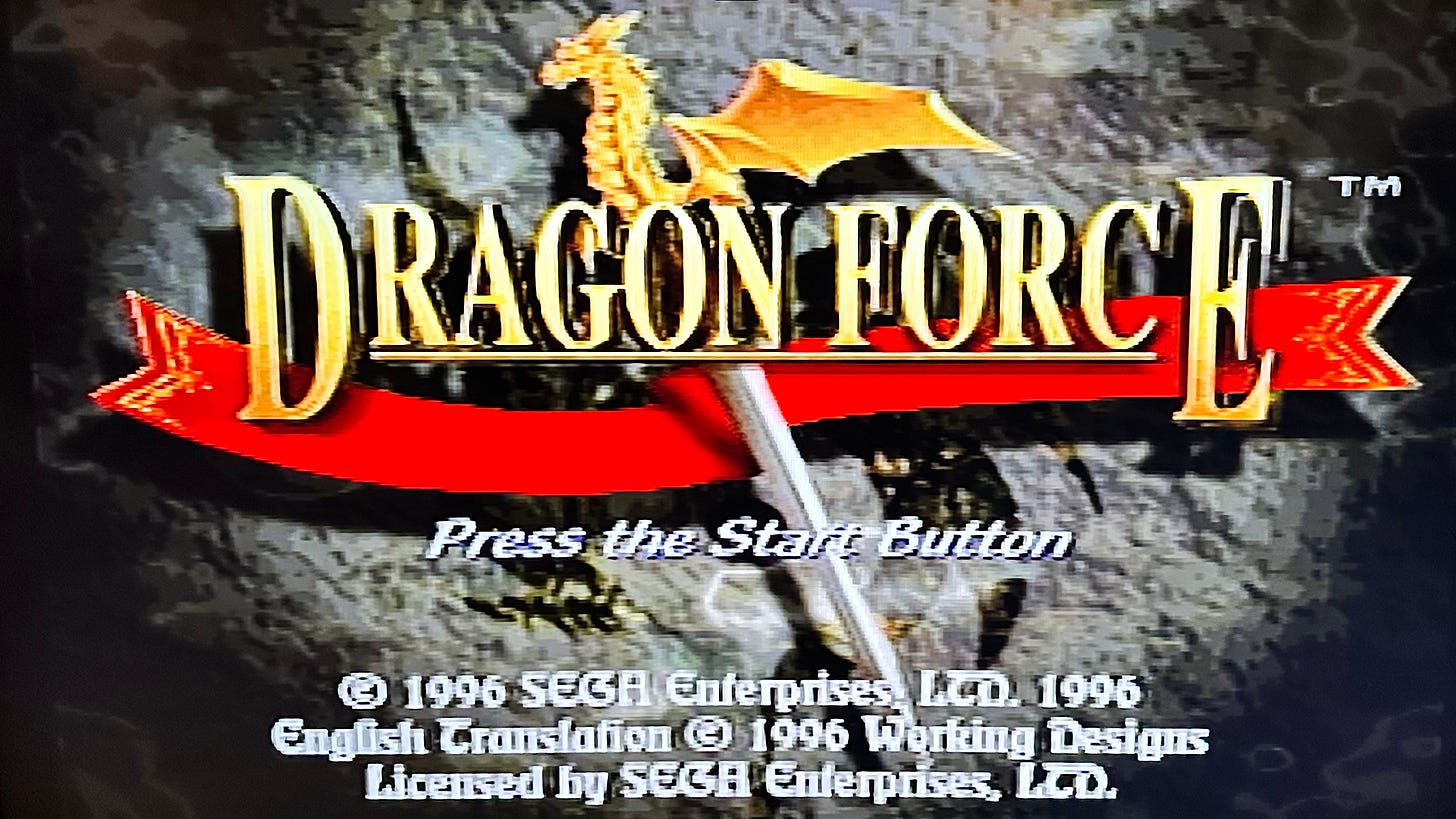
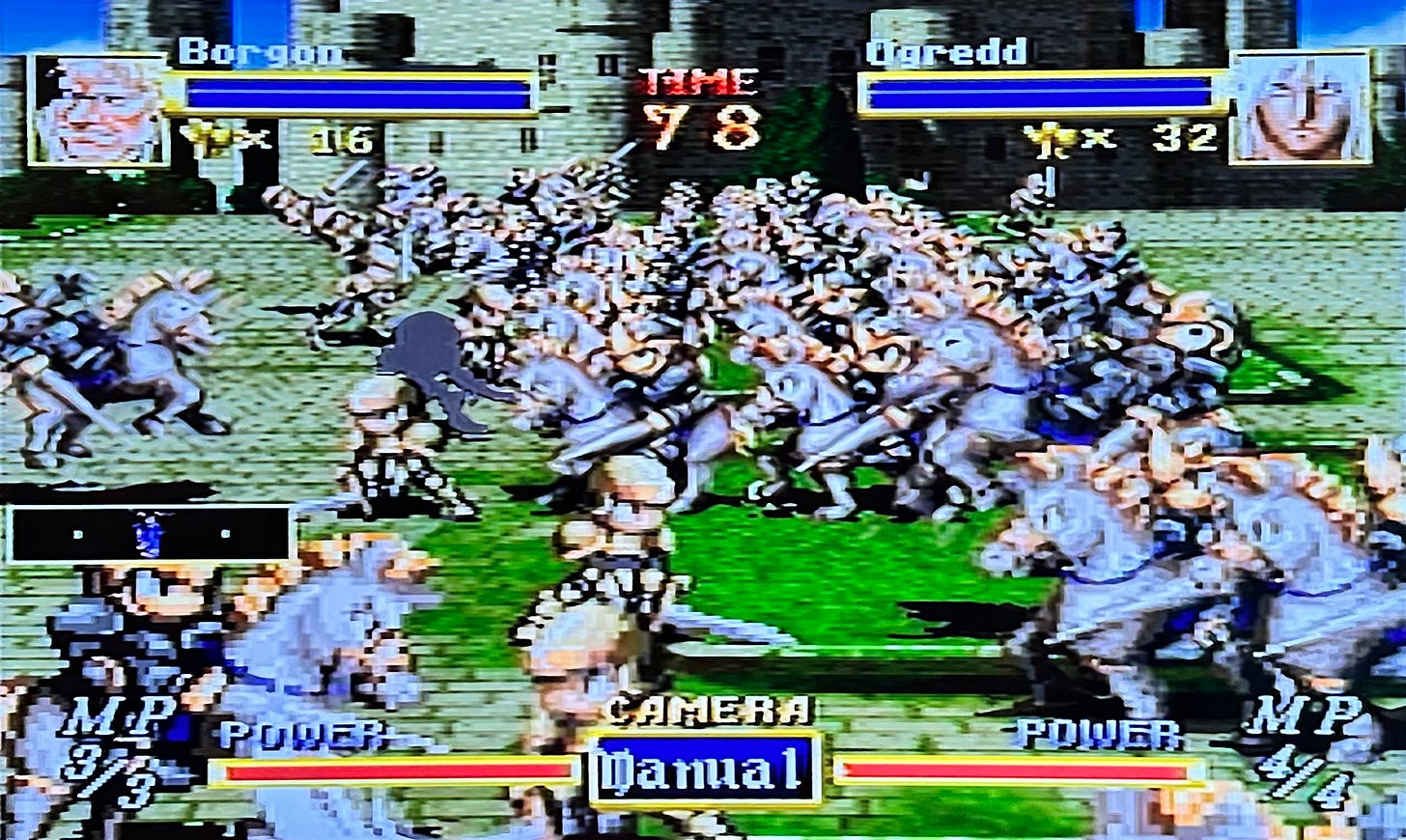
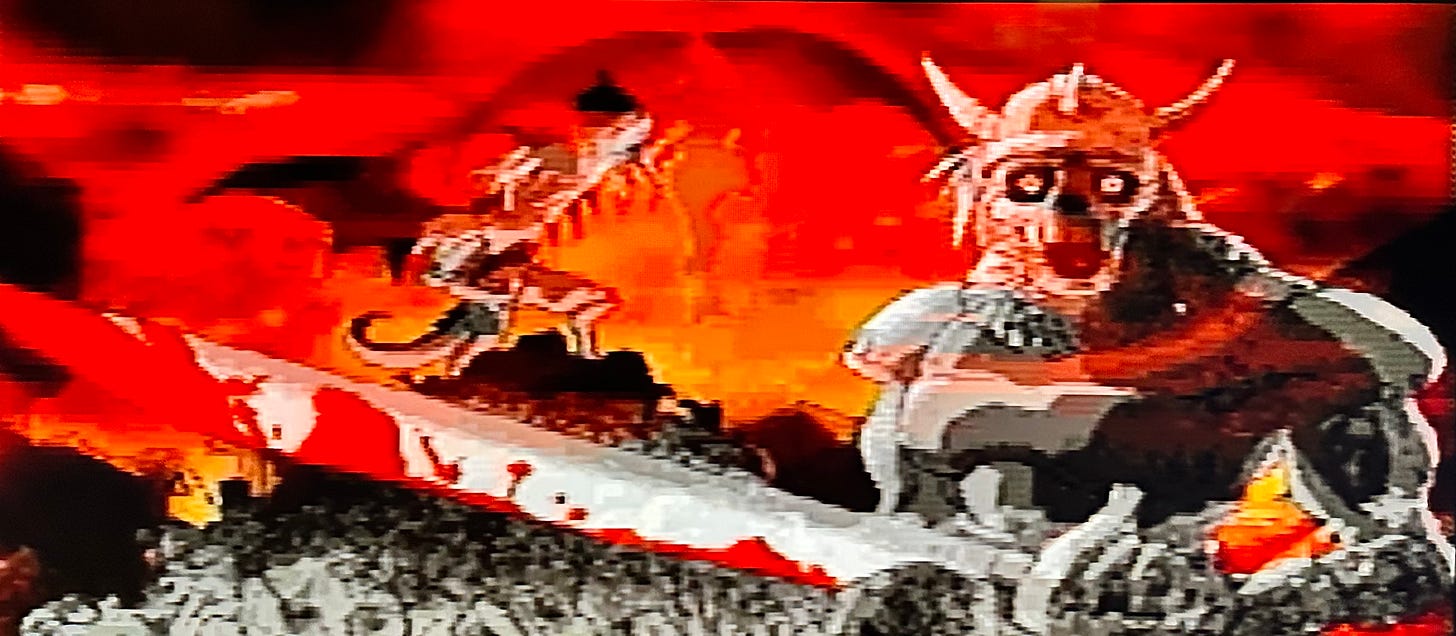
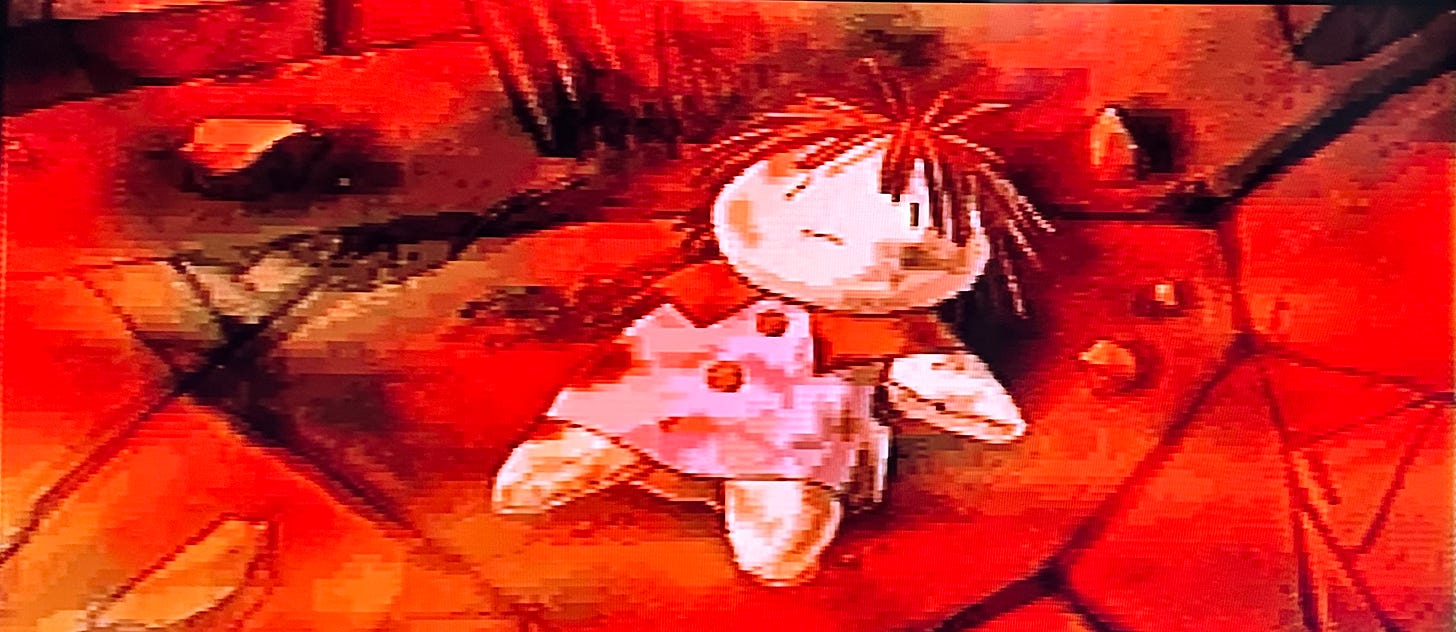

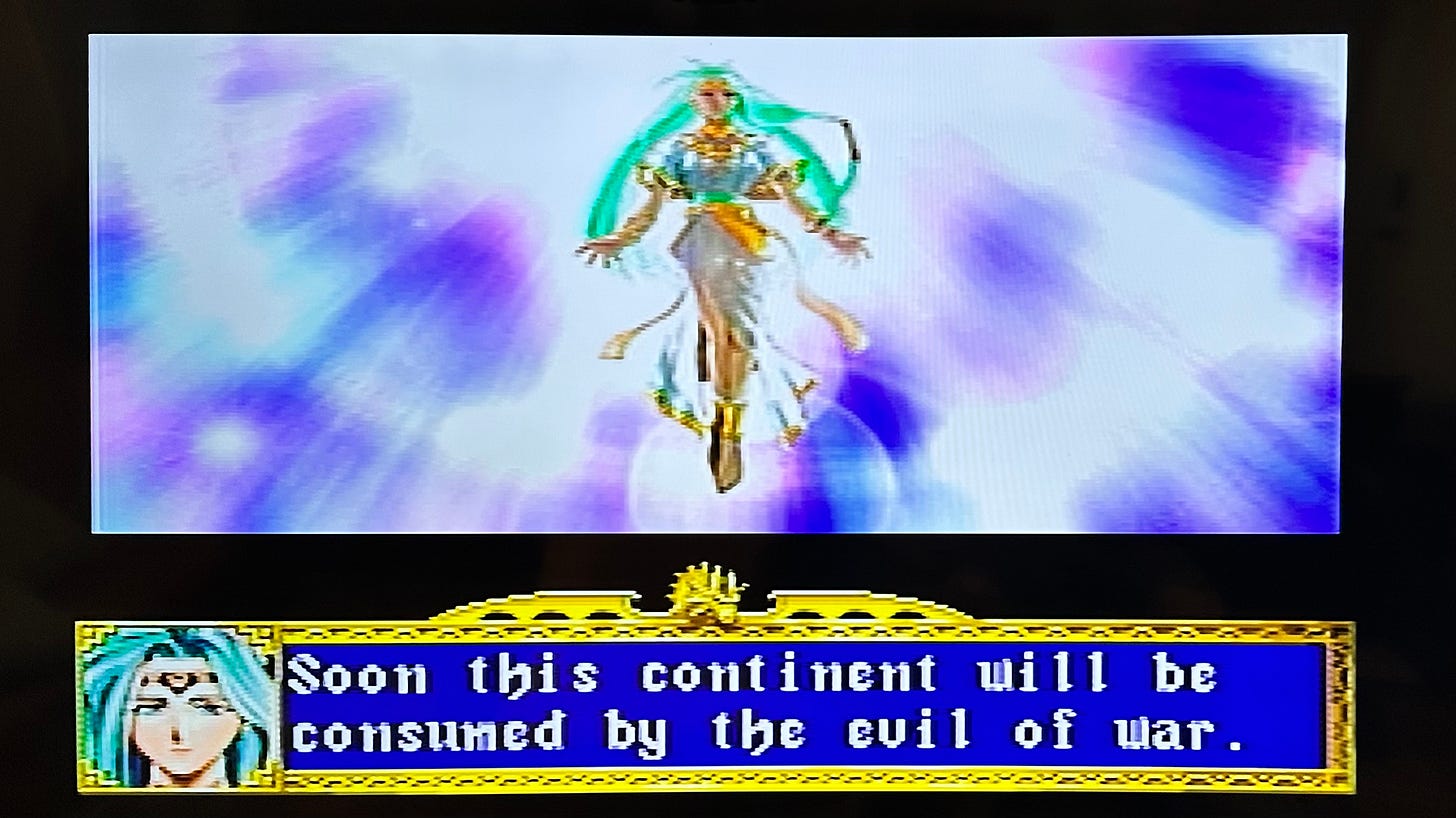
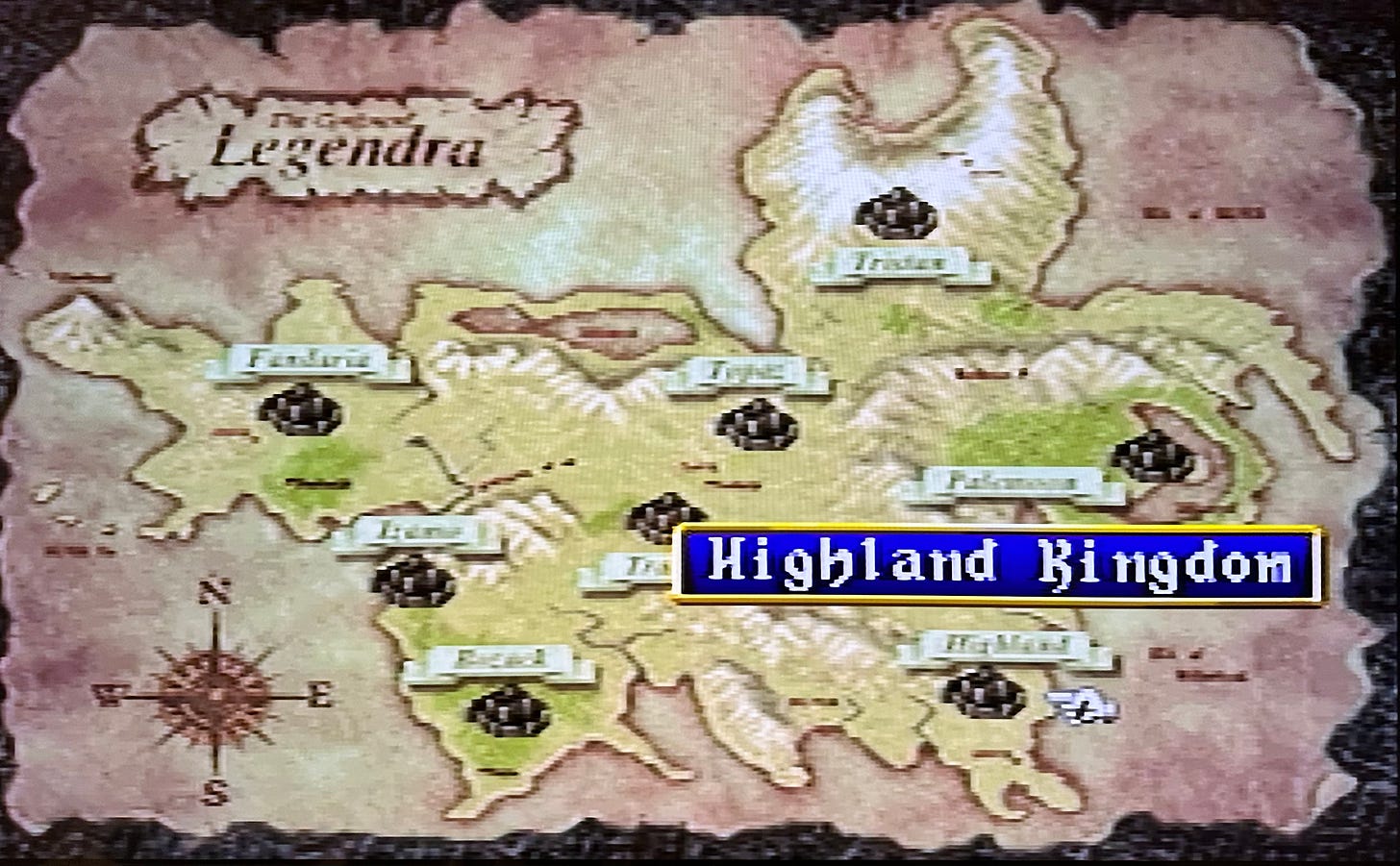

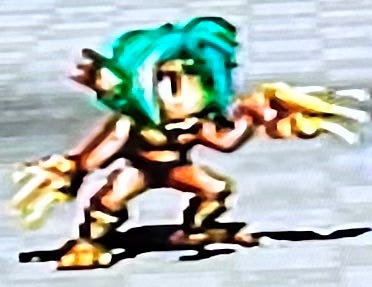
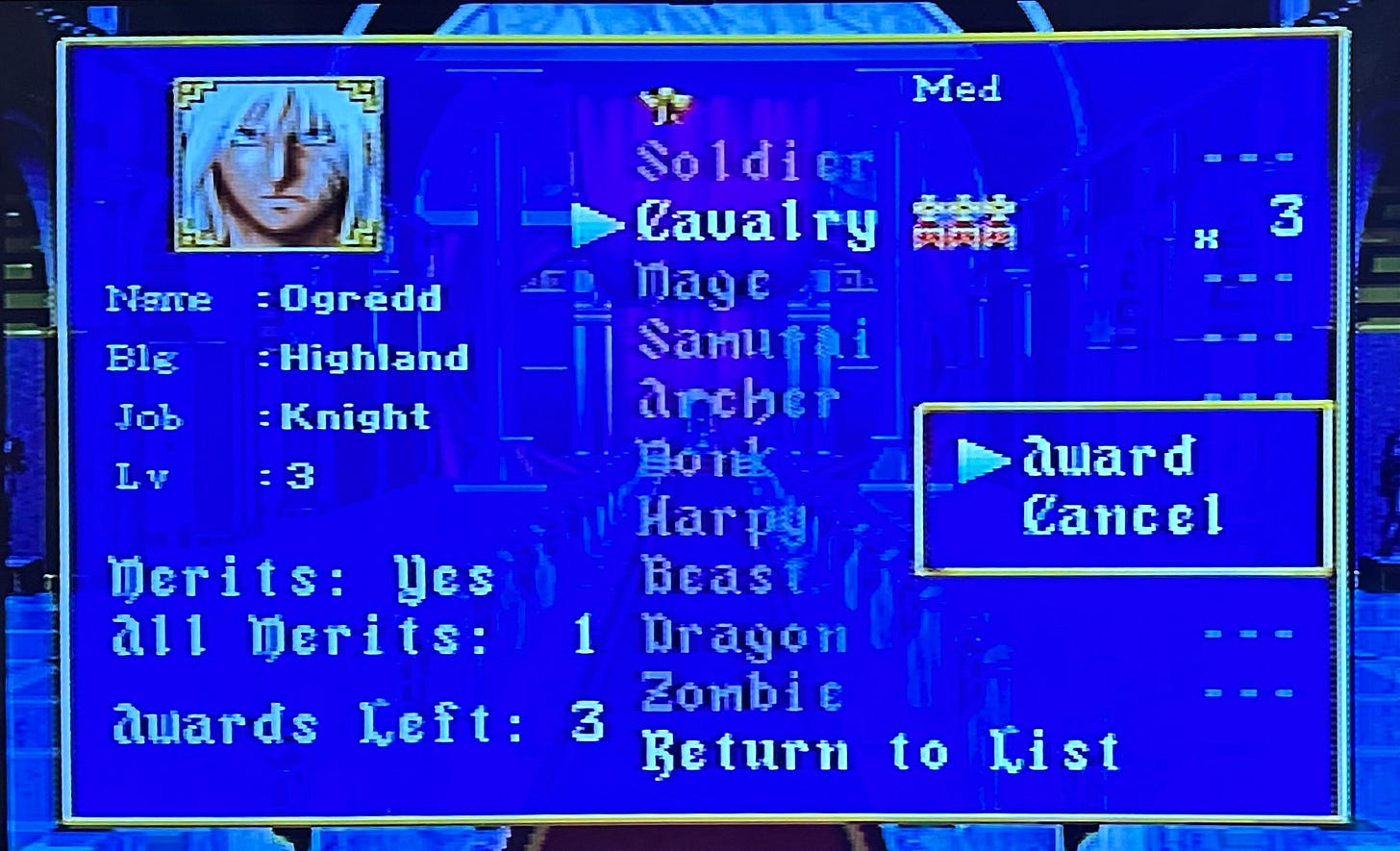
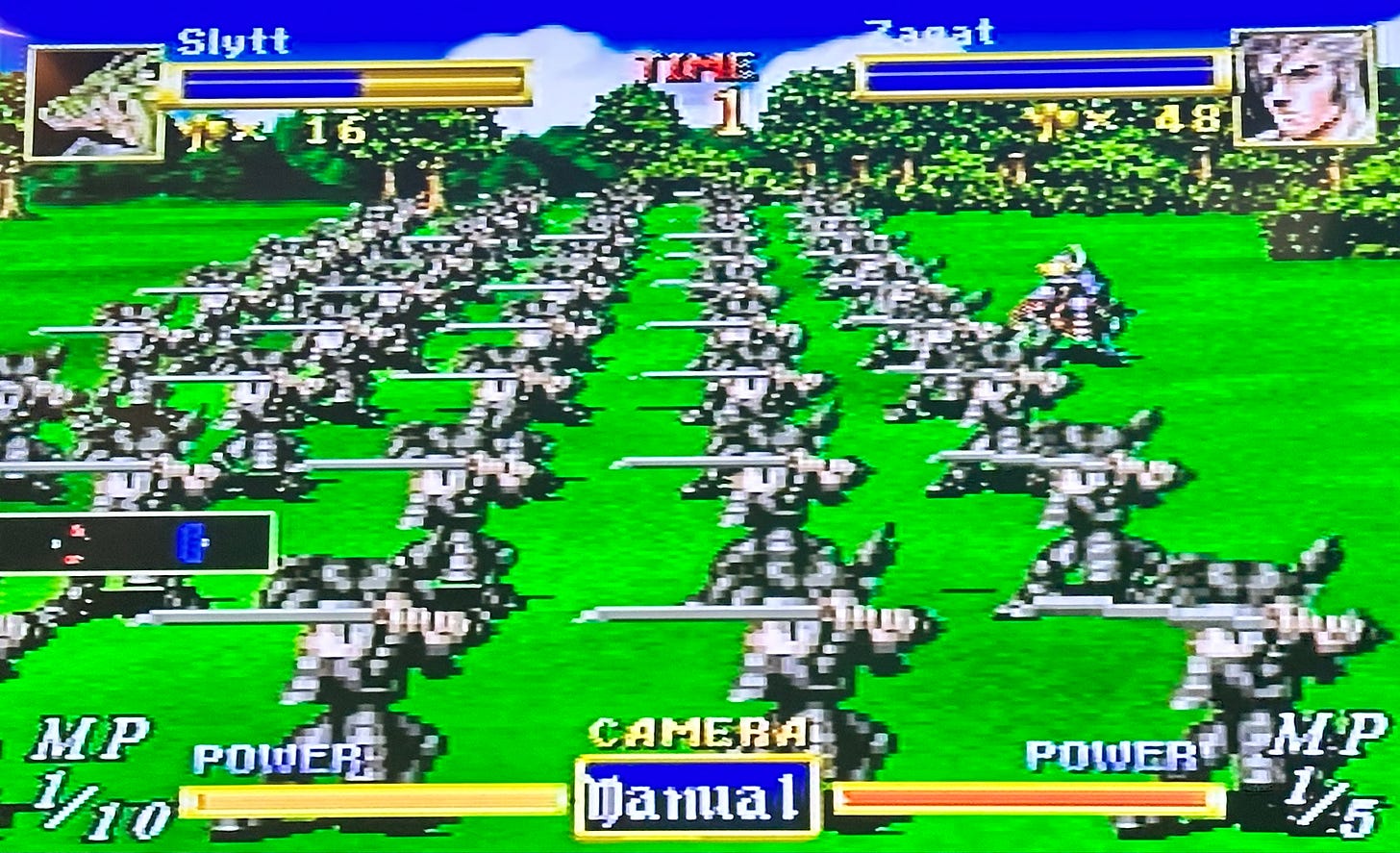
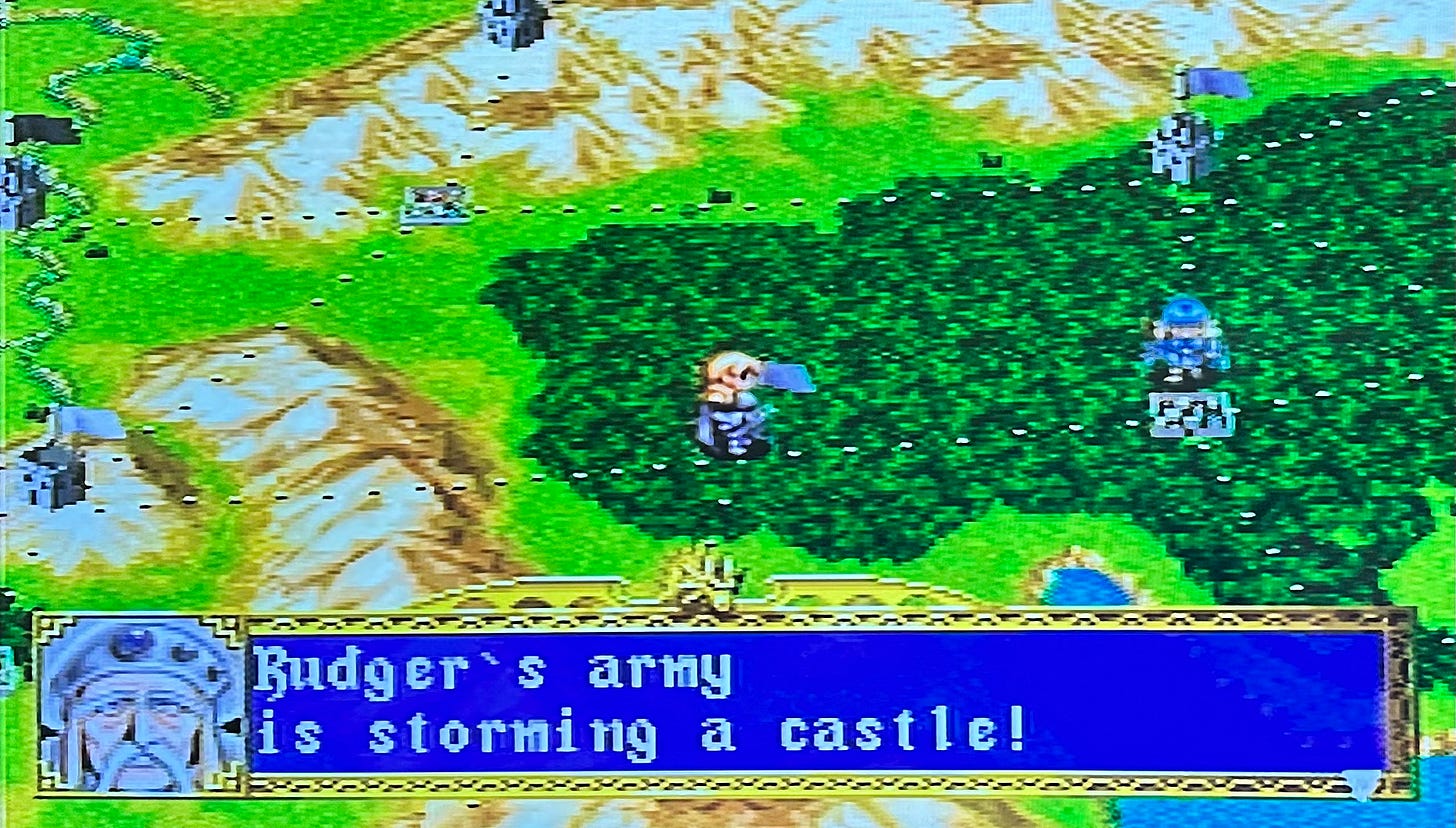
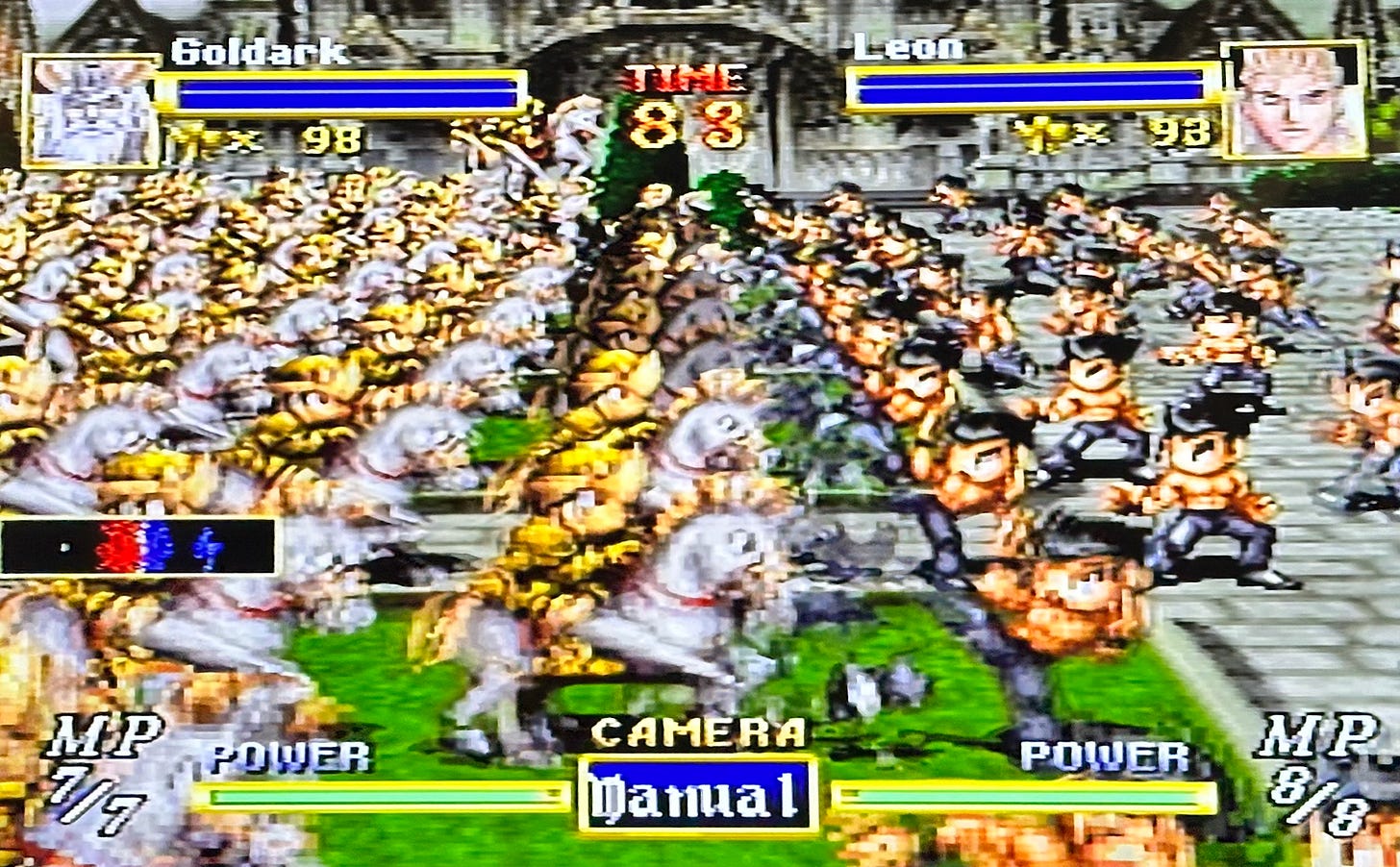
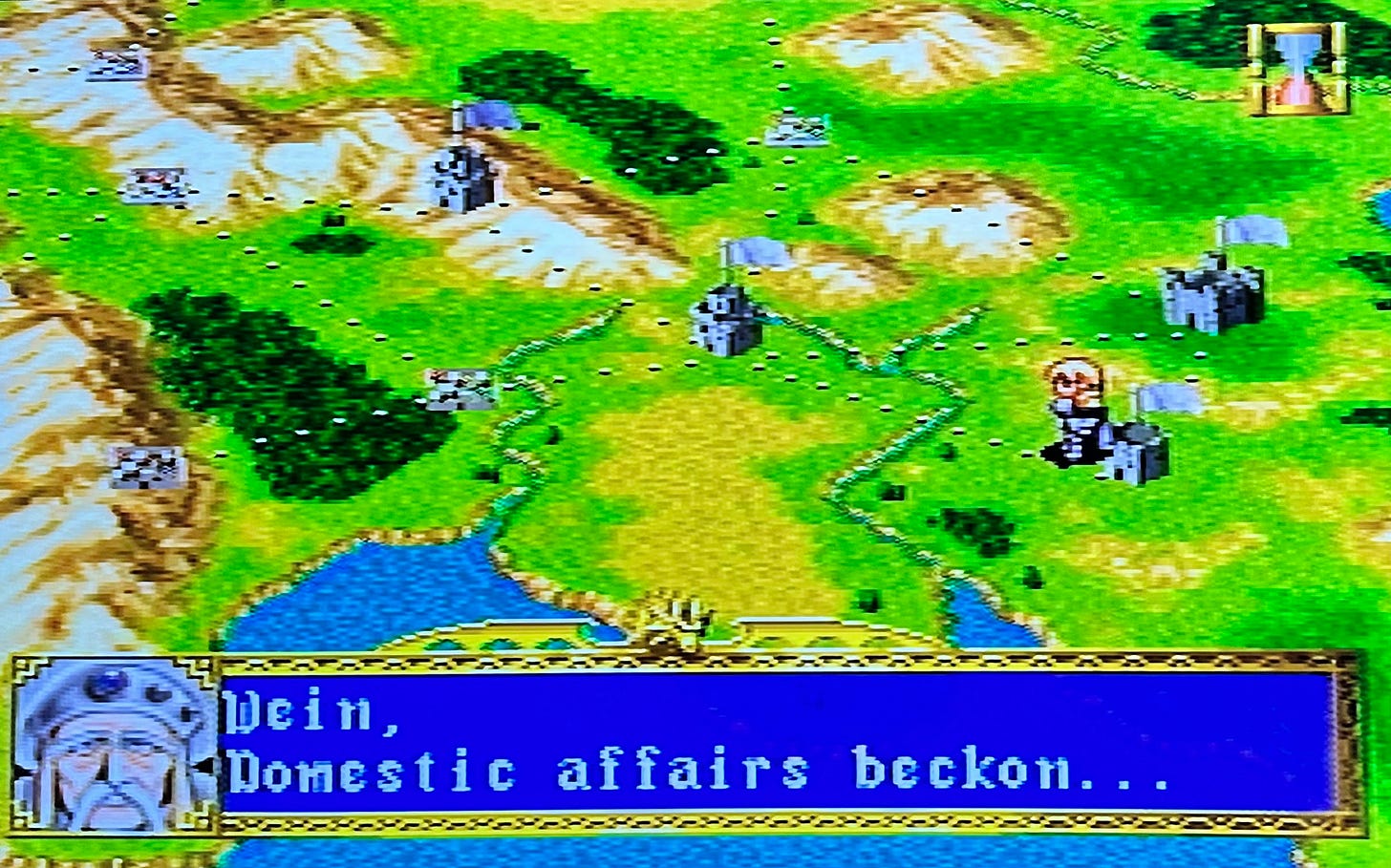
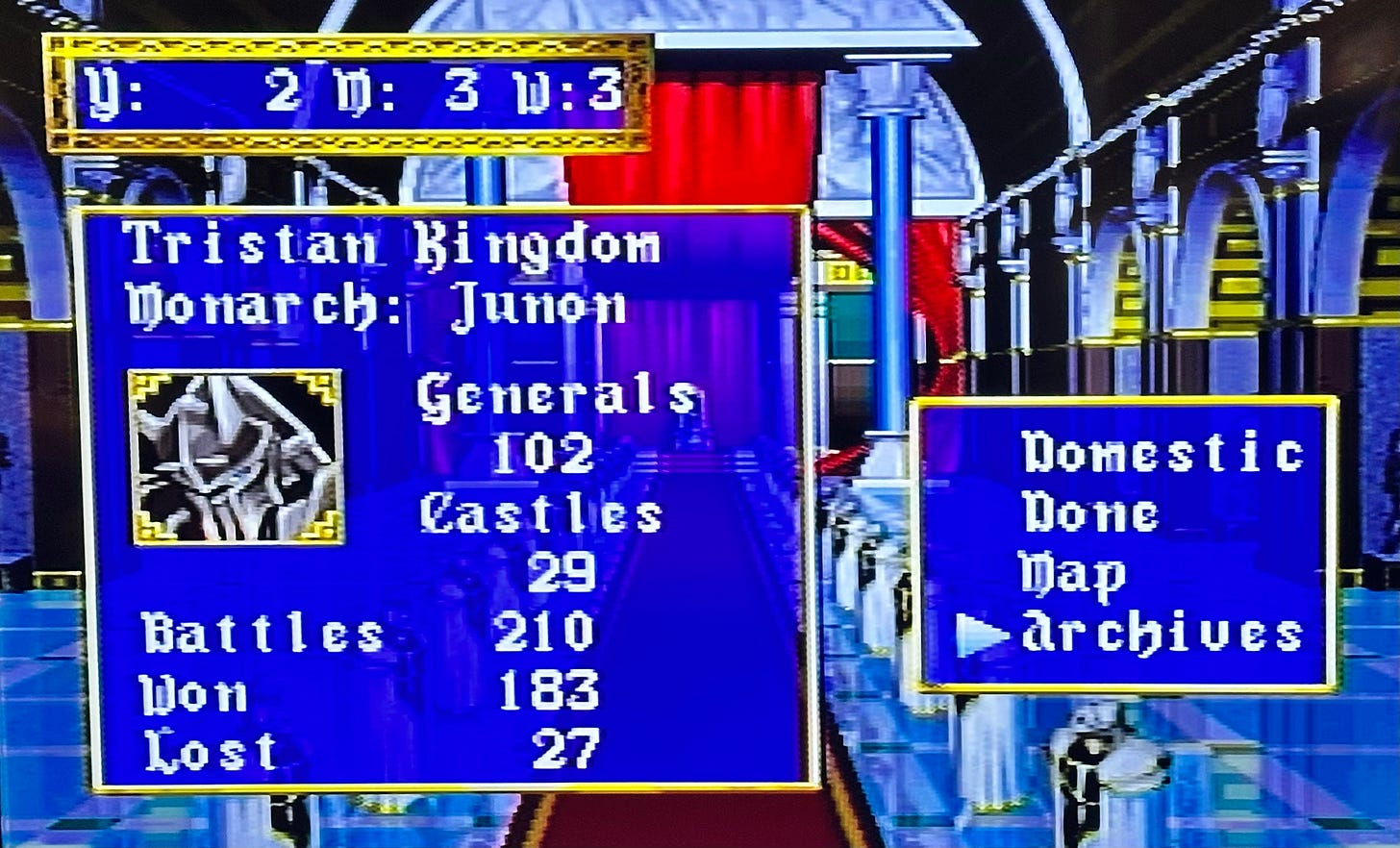
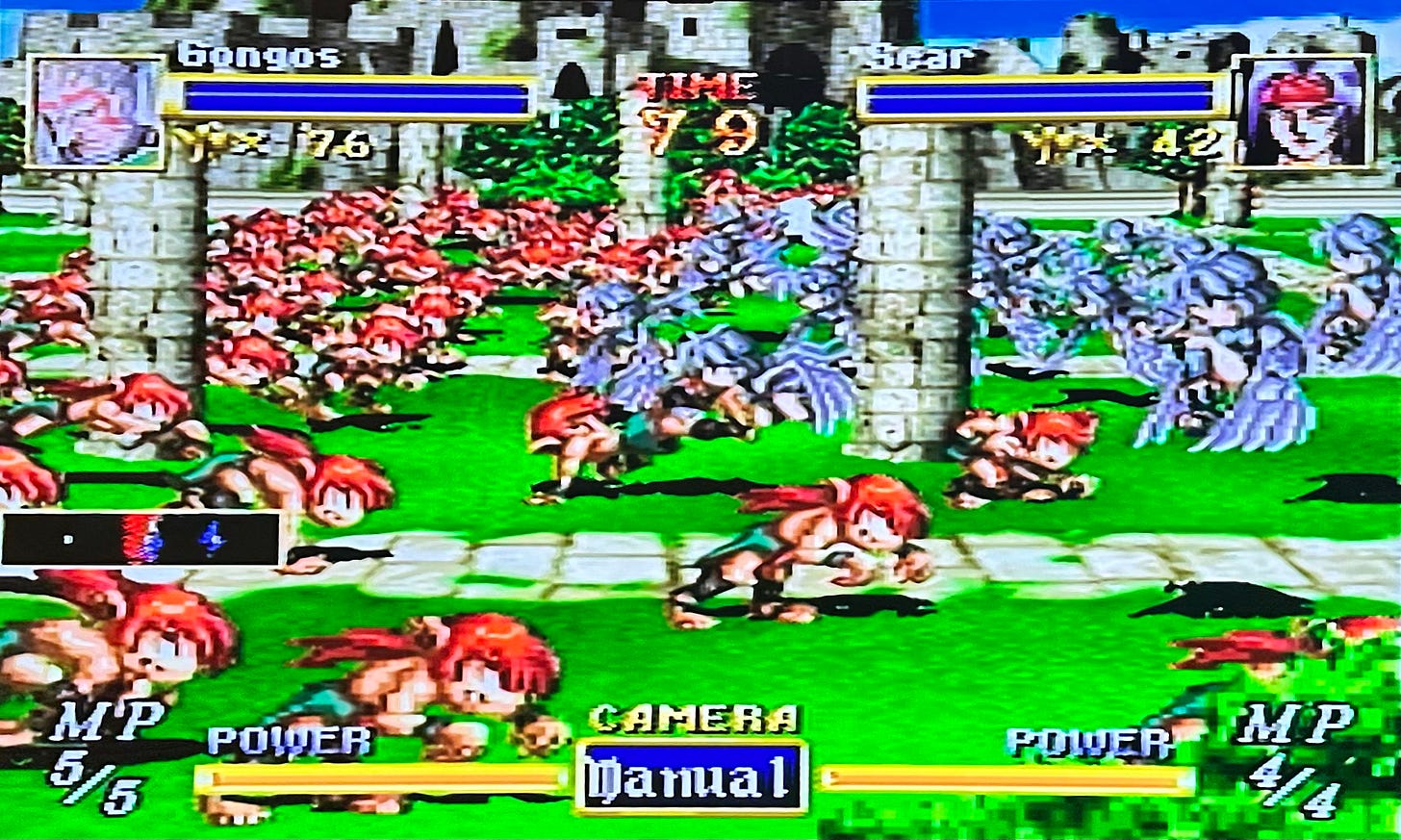
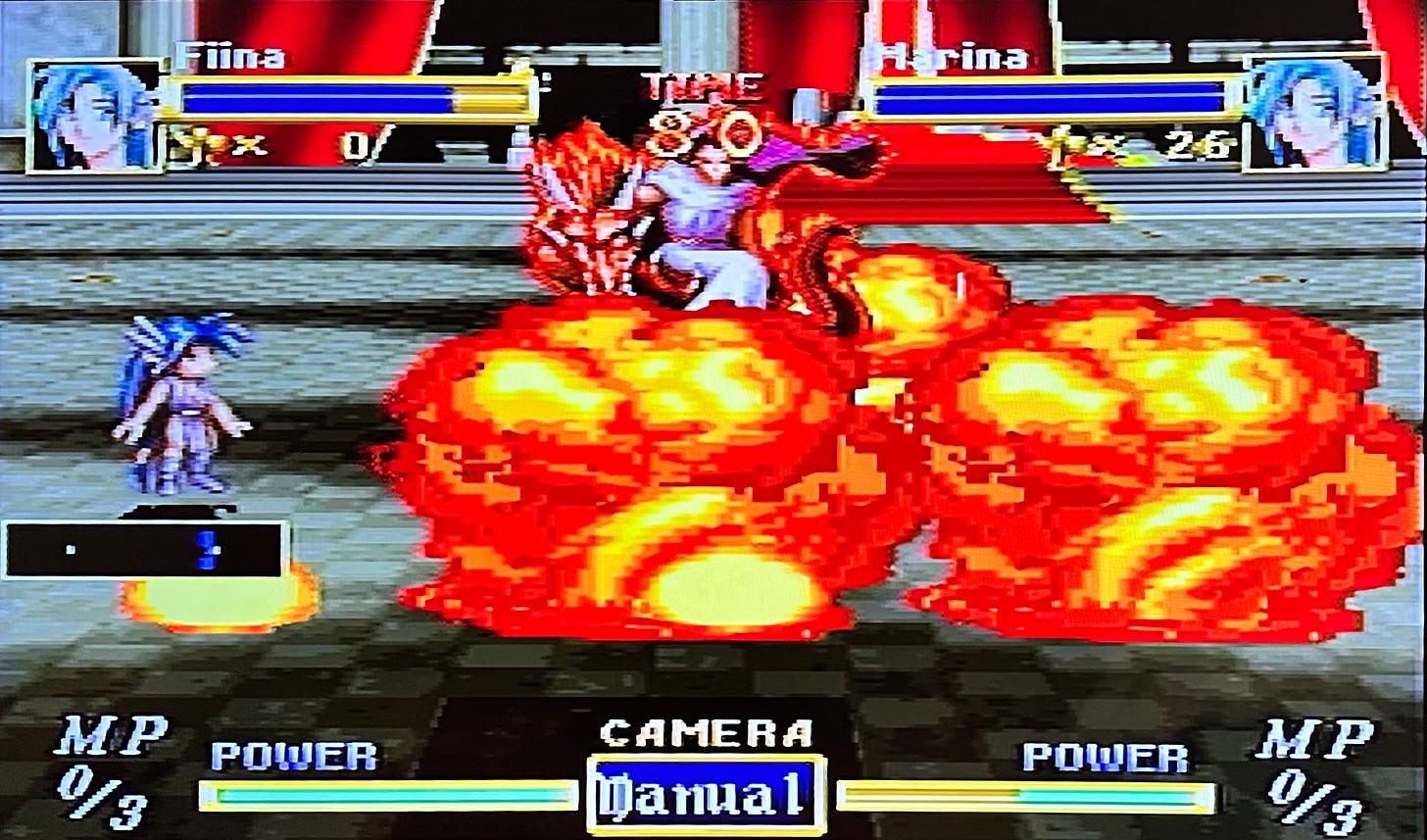
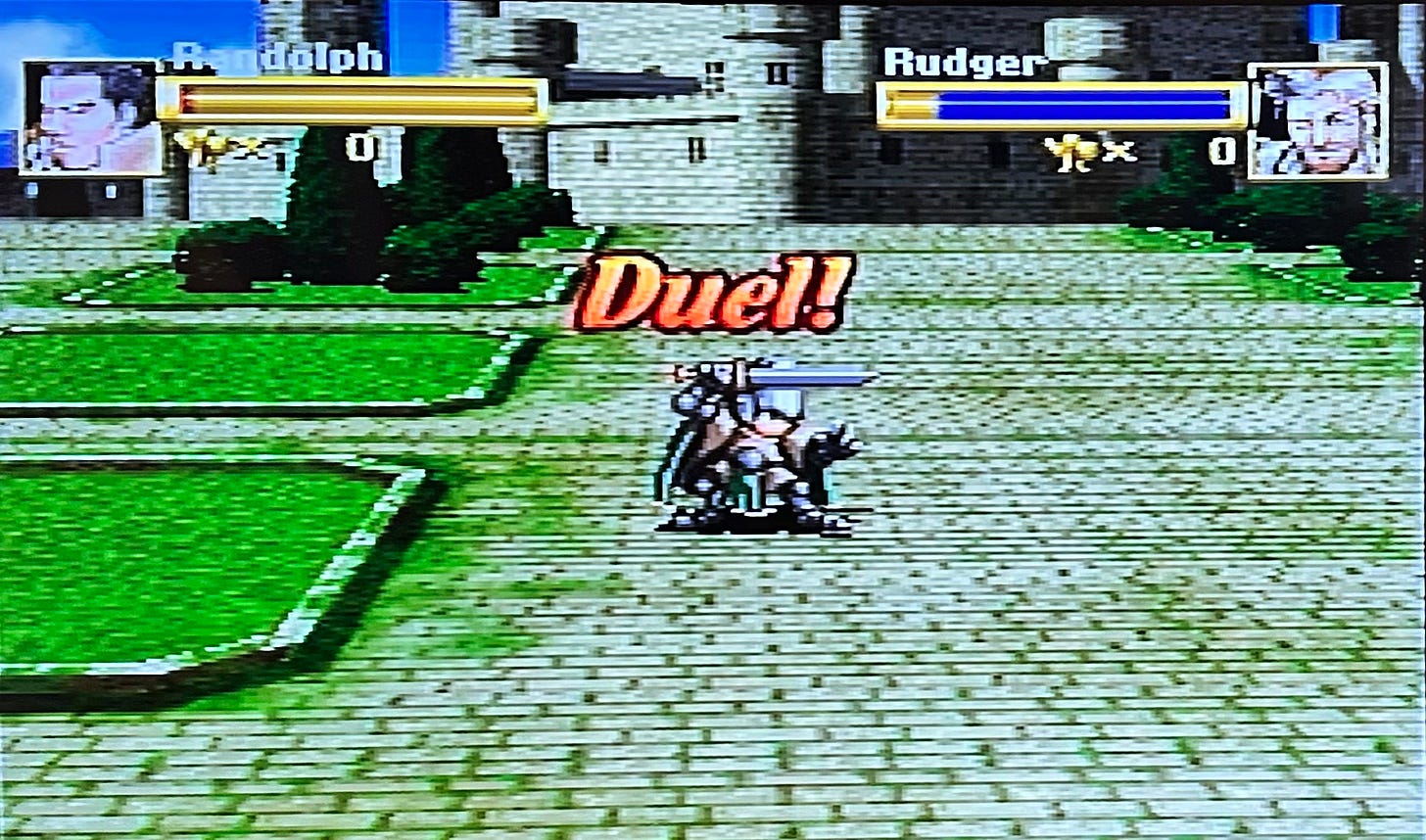
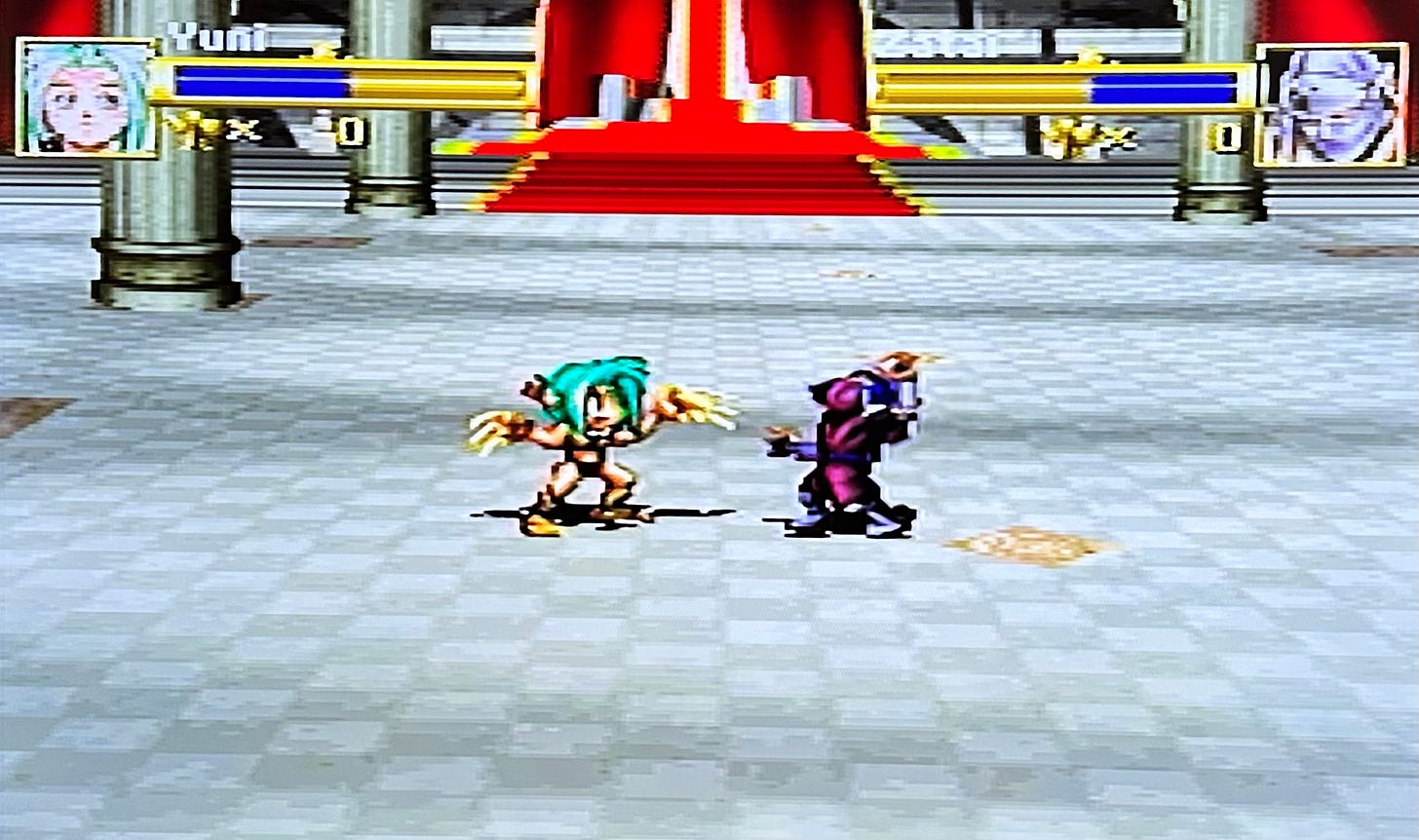
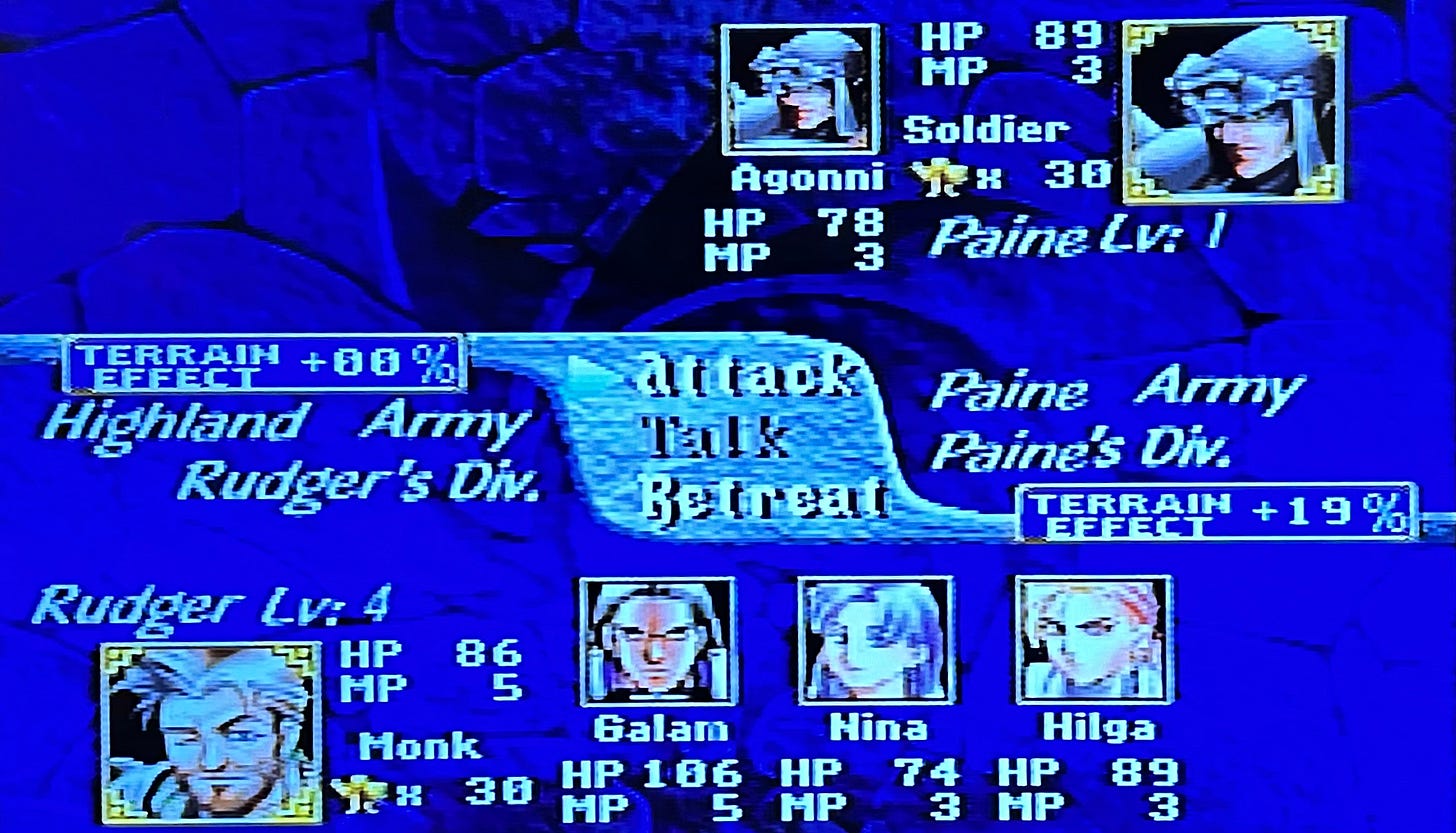

Nice review! I actually have heard of this one but never played it. I seem to recall it getting a very positive review in EGM. I was the rare kid that was a big fan of Koei during the 16-bit era, so I was looking out for games in the next generation that built upon what Koei did. I remember taking an interest in this game but was sad to see it was a Saturn exclusive, and my one Saturn-owning friend wasn't exactly a strategy gamer like me.
I think I saw this as a successor of sorts to Gemfire, maybe also building upon Dark Wizard for Sega CD. But it sounds like it's actually something more unique than either of those games. With the increased interest in SRPG and tactics games, you would think someone would have taken a shot at borrowing some of this game's unique concepts.
Sounds great, I will definitely have to get a Saturn emulator set up at some point to check it out. Also, glad you found a venue AR!
Oh hey, quick followup: looks like there's an English fan translation patch for Dragon Force II: https://www.verve-fanworks.com/dragonforceii.html.